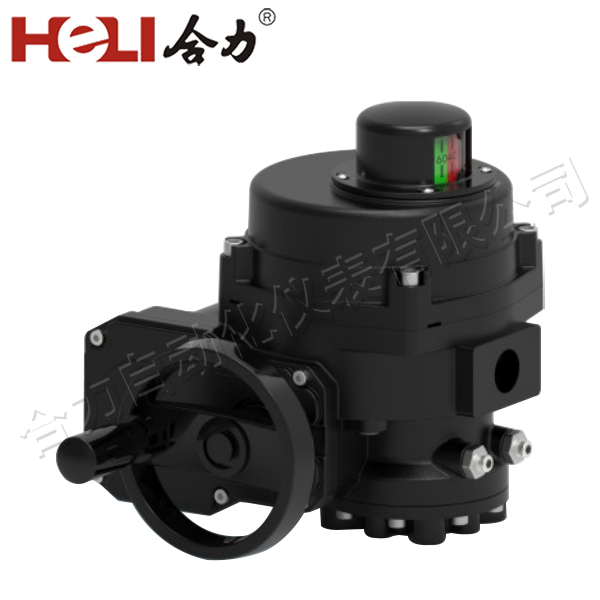Lithium battery technology has become an essential part of modern energy systems, powering everything from electric vehicles (EVs) to renewable energy storage. The demand for efficient and sustainable energy solutions has made lithium-ion batteries a key component in the electrical installation of many systems. However, to maximize performance, safety, and longevity, proper installation of lithium battery systems is critical. This article aims to provide a comprehensive overview of the key considerations and best practices for lithium battery electrical installation.

1. Understanding Lithium Battery Systems

Lithium-ion batteries are favored for their high energy density, long lifespan, and fast charging capabilities. These systems are used in various applications, including home energy storage systems, electric vehicles, and off-grid power supplies. However, integrating lithium batteries into an electrical system requires meticulous planning and attention to detail. A typical lithium battery installation includes the battery cells, a Battery Management System (BMS), a charge controller, and possibly an inverter if converting DC to AC power is required. The BMS plays a vital role in ensuring the safety and efficiency of the system by monitoring the state of charge, temperature, and voltage levels to prevent overcharging, deep discharging, and overheating.
